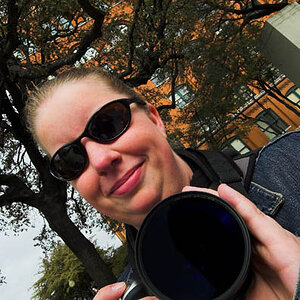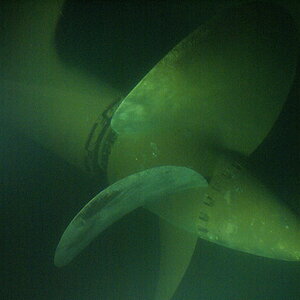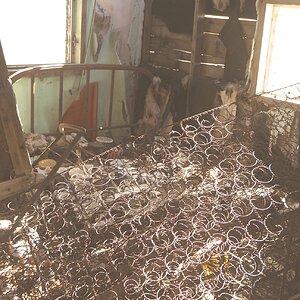nrois02
TPF Noob!
- Joined
- Feb 10, 2009
- Messages
- 324
- Reaction score
- 0
- Location
- Boston
- Can others edit my Photos
- Photos OK to edit
whats the big hype about these? ive seen them being made before but dont really understand them. how do they work and how do you set up your camera inside it? any info would be great! id like to give this a shot(no pun intended) thanks
_Austin
_Austin













